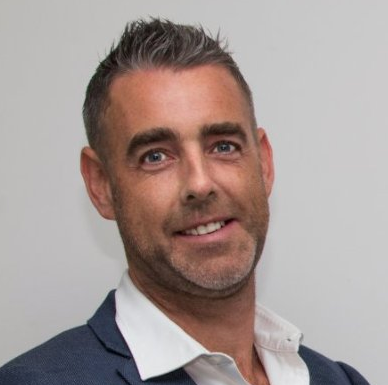Why PRs are jumping on the VR bandwagon
Increasingly, brands doing a public relations push are turning to virtual reality – whether its activations at events, promotional VR films or simply giving away headsets. Abigail Dawson speaks to communications professionals to find out if it’s worth the hype and how to take advantage of the PR and branding opportunities VR offers, while avoiding the ‘gimmick’ factor.
Virtual Reality. VR. You’ve heard the phrase. Read about brands doing VR activations in shopping centres, at events and as part of competitions – and probably seen instances where the term is being misused simply to attract attention. Whether or not brands are using it properly though, there is no denying VR is rapidly increasing its presence in adland. PR companies are not immune – jumping on board in an attempt to enhance their brands and products, and earn media.
For PR agencies, the new technology is becoming an increasingly popular offering, seemingly giving them more options for creativity and innovation. But what can PR agencies actually do for their clients with VR?
For the founder of digital agency Afk, James Sugrue, the VR world offers experiences consumers can immerse themselves in – which cannot be achieved by other channels.


